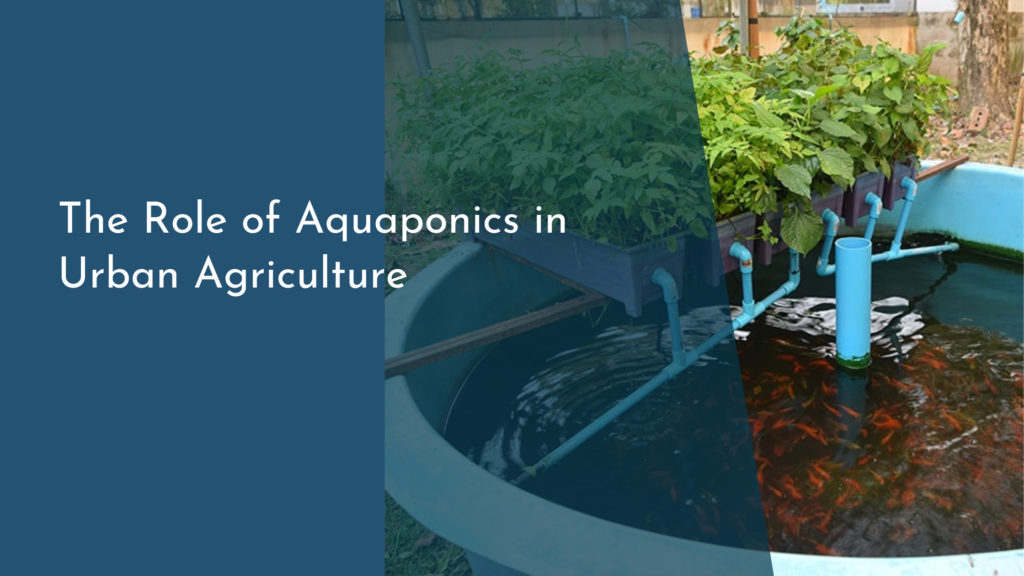Enhancing Urban Connectivity for Sustainability
In an era of rapid urbanization and growing environmental concerns, enhancing urban connectivity is more crucial than ever. The intertwining of efficient transport systems, sustainable practices, and community engagement can pave the way for thriving cities that prioritize both people and the planet. This article explores how improving urban connectivity fosters sustainability, delving into innovative solutions, technological advancements, and the importance of community involvement.
Bridging the Gap: Urban Connectivity and Its Benefits
Urban connectivity refers to the seamless integration of different modes of transport and infrastructure within a city. When cities prioritize connectivity, they create an environment where residents can easily navigate their surroundings, reducing travel time and promoting the use of public transport. This not only enhances the quality of life for citizens but also diminishes traffic congestion, leading to lower emissions and improved air quality. A well-connected city encourages walking and cycling, fostering healthier lifestyles and vibrant communities.
Moreover, enhanced urban connectivity can stimulate economic growth by enabling businesses to thrive through better access to customers and suppliers. It creates a more inclusive society where marginalized communities can also benefit from the same resources and opportunities as others. Ultimately, urban connectivity lays the groundwork for a more sustainable future, where cities can grow without sacrificing the health of their citizens or the environment.
Innovative Solutions for Sustainable Urban Transport Networks
To achieve sustainable urban connectivity, cities are adopting innovative approaches to transport networks. Public transportation systems are being integrated with biking and walking paths, making it easy for residents to choose eco-friendly travel options. Multi-modal transportation hubs, which combine buses, trains, and bike-sharing programs, allow for hassle-free transitions between different modes of transport. This encourages a shift away from reliance on personal vehicles, which contributes to pollution and traffic congestion.
Additionally, cities are investing in electric and autonomous vehicles to further reduce their carbon footprint. Eco-friendly public transit options, such as electric buses and trams, are becoming more common, while car-sharing platforms offer convenient alternatives to car ownership. These innovations not only improve urban connectivity but also promote sustainable practices, ensuring that cities remain livable and resilient in the face of climate change.
The Role of Technology in Enhancing City Connectivity
Technology plays a pivotal role in enhancing urban connectivity by providing tools that streamline transport systems. Smart traffic management systems utilize real-time data to optimize traffic flow, reducing congestion and emissions. Mobile applications allow users to plan their journeys using multiple transport modes, offering route suggestions that incorporate public transit, biking, and walking options. This seamless integration of technology empowers residents to make informed decisions about their travel, fostering a culture of sustainability.
Moreover, data analytics can help city planners identify patterns in urban mobility, enabling them to make evidence-based improvements to infrastructure. Cities can implement predictive maintenance for public transport vehicles and infrastructure, ensuring that services run smoothly and efficiently. By harnessing the power of technology, urban areas can create networks that not only connect people effectively but also prioritize environmental sustainability.
Community Engagement: Building a Connected, Sustainable Future
Community engagement is vital for fostering a sense of ownership and responsibility towards urban connectivity initiatives. Involving residents in the planning process ensures that transport systems are designed to meet the needs of the community. Public forums, workshops, and surveys can facilitate discussions, allowing citizens to voice their preferences and concerns. This collaborative approach leads to more effective solutions that reflect the diverse needs of urban populations.
Furthermore, promoting awareness about sustainable transportation options can inspire community members to adopt greener practices. Local campaigns can encourage walking, biking, and using public transport, while events such as car-free days can demonstrate the benefits of reduced car dependency. By cultivating a sense of community around sustainable urban connectivity, cities can create a bright future where citizens actively contribute to a healthier, more connected environment.
Enhancing urban connectivity for sustainability is a multifaceted endeavor that requires innovative thinking, technological advancements, and active community participation. By addressing the challenges of urban mobility and prioritizing eco-friendly solutions, cities can pave the way for a more sustainable future. As we move forward, embracing these principles will ensure that urban areas are not only connected but also vibrant, inclusive, and resilient, fostering a harmonious relationship between communities and their environment.


